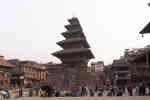In a seminar called “Academy of Scenarios”, students in the Architecture as well as the Energy, Building Services and Environmental Engineering master's programs spent the semester developing concepts for the architecture, infrastructure, and sustainability of tomorrow’s teaching facility to help stimulate the University Development Board, which is responsible for new construction. In April, the class traveled to Nepal to get an idea of the situation there, learn about the country, its culture and architecture, and the general planning of a campus, and use this information to work out their proposals. Organizing this trip was Annika’s responsibility. “I helped arrange the field trip and handled things like accommodations and the route we took.”
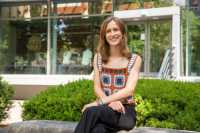
Since September 2020, Annika has been working in the Urban Design Department as a student assistant. Although she has gathered a wealth of experience in that time, a field trip had never been on the agenda. “It was a challenge, but it was really fun.” She booked 27 tickets to Kathmandu, arranged visas and the bus that drove the group around the country, and was the contact point for the other students.
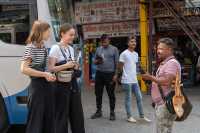
The delegation from the school—the students were accompanied by Prof. Schultz-Granberg as well as Dean of Architecture Prof. Martin Weischer, Rolf Lakmann, and our vice president, Carsten Schröder—headed out from Kathmandu to criss-cross the country, visiting Gaindakot, Bandipur, Gorkha, and Bhaktapur. The group visited potential sites for the University of Nepal, toured existing campuses—including the Pulchowk Campus of Engineering in Patan—and attended workshops to learn more about the planning of the future campus.
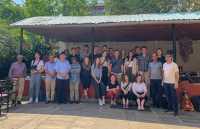
The students gained knowledge about a diverse culture—for example, that Nepalese urban spaces are characterized by religious structures such as temples and shrines, and spiritual elements are a part of the local architecture. “The streets in Nepal are more bustling than they are here. Traditional architecture is supplemented with earthquake-proof buildings made of concrete and local bricks into a dense urban space,” said Annika. “Seeing that definitely influenced the seminar’s plans for the campus.” She was especially impressed when the group visited Bhaktapur: The historical architecture of the city is a UNESCO World Heritage Site and the group socialized with many of the locals. Annika is writing her bachelor’s thesis on the city and the impressions it made have given her new ideas.
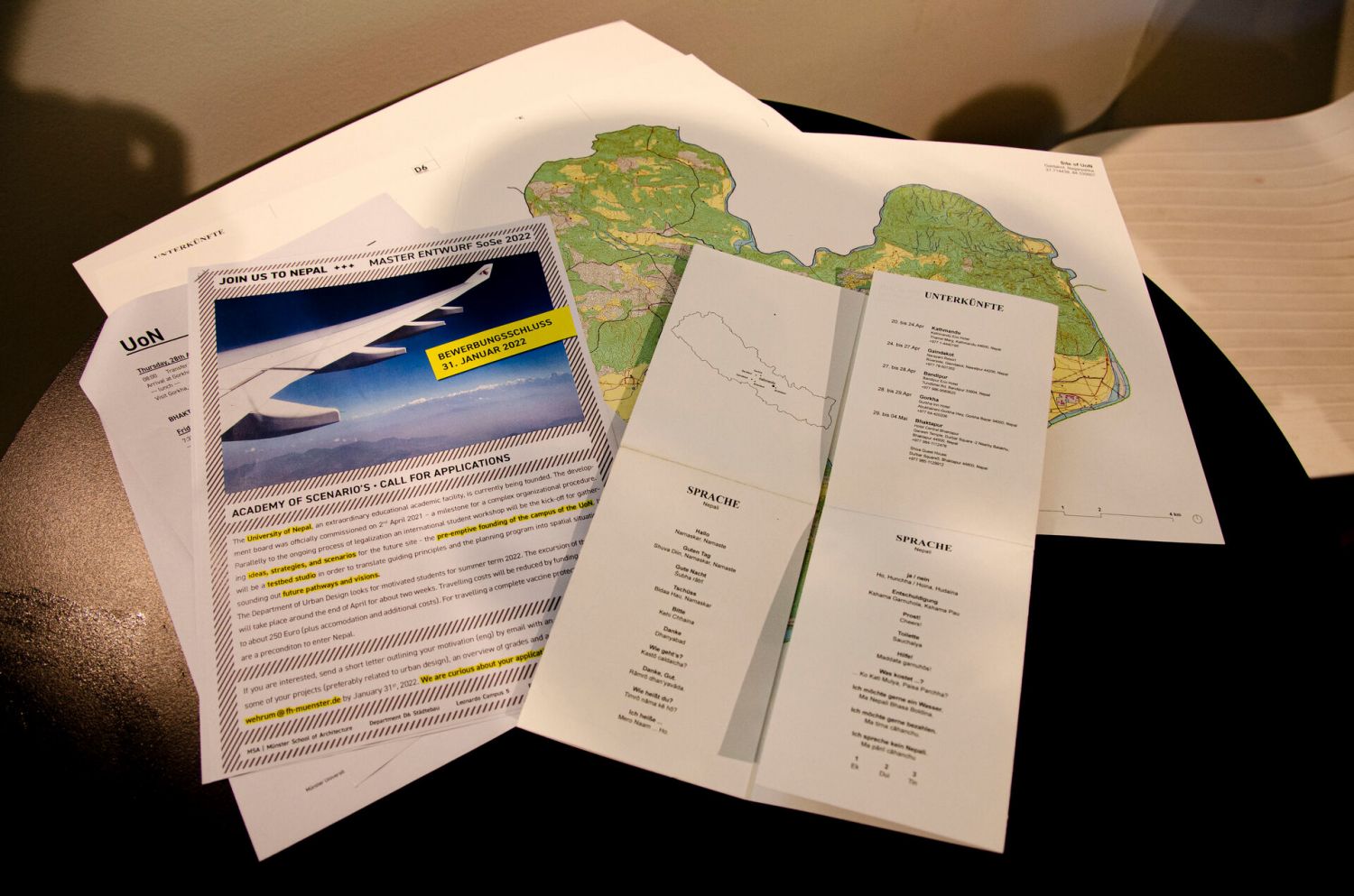
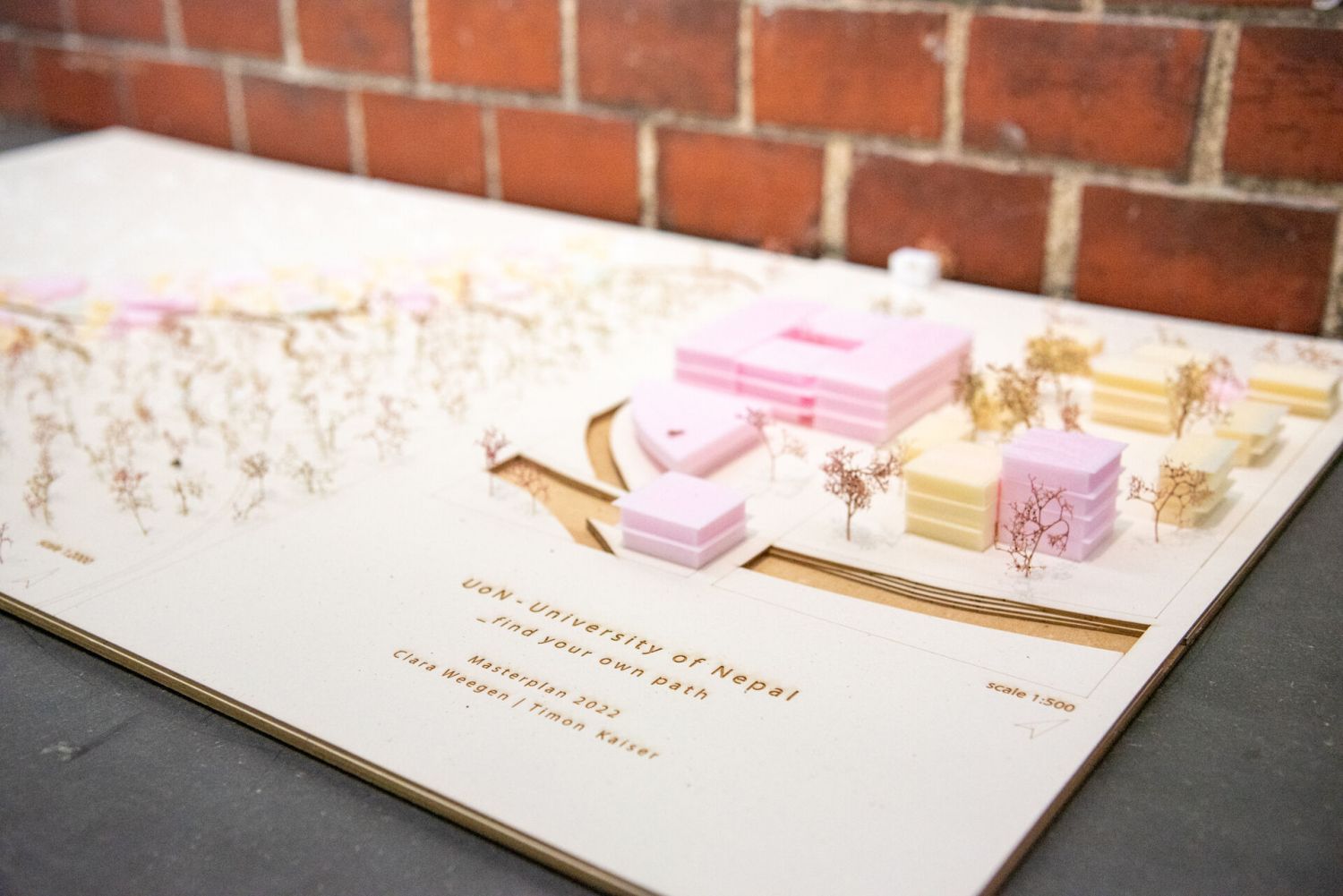
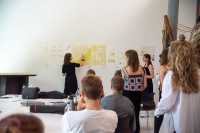
The students have come up with two drafts for each of the three sites being considered for the university. The seminar is writing the results down in a handbook to give the Development Board the appropriate input. Overseeing the project as a student assistant was an informative experience for Annika: “I took away and learned a lot from the challenges of planning the field trip. New impressions awaited us every day and all of us made a lot of new experiences.”
By Frederik Tebbe
